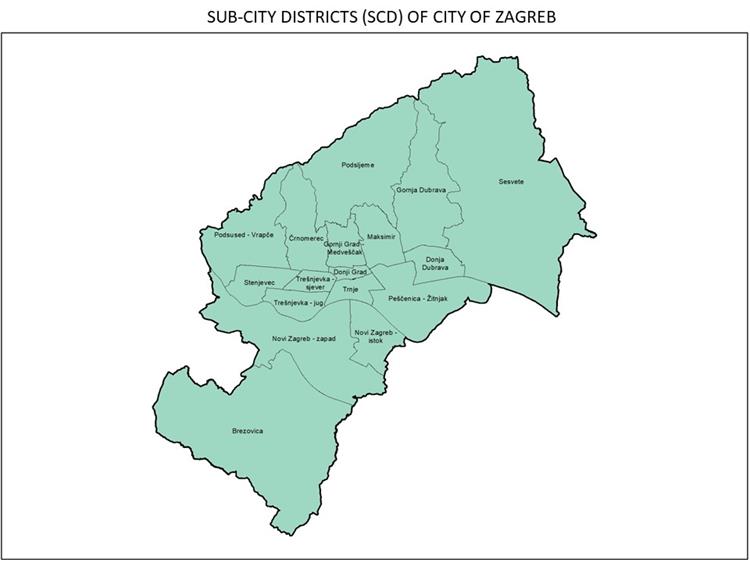Definition of sub-city districts
The definition of the sub-city districts has not been harmonised, however certain guidelines were adopted.

- Sub-city districts shall be defined for all capital cities and for non-capital cities with more than 250 000 inhabitants at the city level.
- The definition of sub-city districts for non-capital cities with less than 250 000 inhabitants at the city level is optional.
- Sub-city districts should have a population between 5 000 and 40 000.
- Sub-city districts shall be internally homogenous in terms of social structure and built environment as far as possible.
- In several large cities a subdivision of cities already exists but the units are larger in terms of population then the above-mentioned thresholds. In these cases, an additional sub-city district level can be defined, which corresponds to the established city districts.
- Based on the above, sub-city districts can be defined at two levels. Sub city districts level 1 corresponds to the established city districts and level 2 follows the population criteria.
- For most cities only level 2 is defined, while for some other cities both levels 1 and 2 are defined.
- If deemed necessary, it is possible to define a sub-city district without territory (unknown subcity district). This can be used for adjustments in calculating totals of all sub-city districts).
- The territory not covered by a city but covered by a greater city can also be divided into sub-city districts. The same guidelines apply as above.
